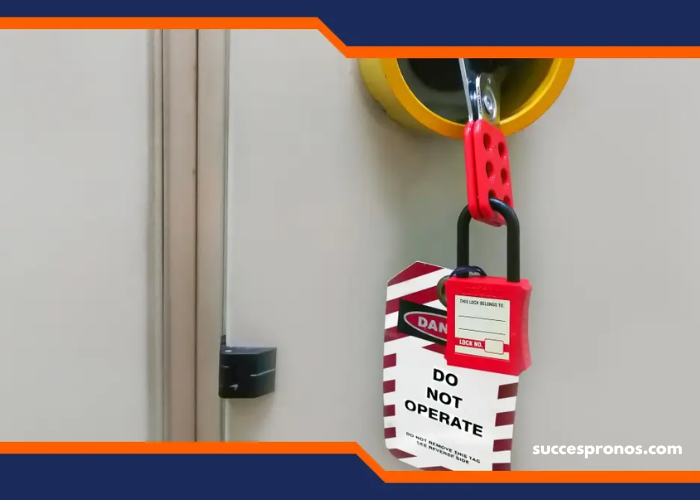
Protection of people in workplaces remains a priority in many industries today, and simplified LOTO procedures are critical to prevent equipment start-ups during service. Adding to this, specific training to address different risks within the industry can boost safety standards and compliance within the workplace by including lockout tag-out training.
Read on to learn how lockout tagout training in different industries can focus on commonly found hazards in a particular corporation.
Identifying Industry-Specific Hazards
Every industry is associated with risks, and thus, the lockout tagout training should meet the industry’s peculiarities. For instance, the manufacturing sub-sector is known to handle many production lines or big machinery equipment, and thus, training its employees on how to properly isolate an energy source is essential. Thus, while most industries can adapt easily to automated technologies, healthcare cannot afford to jeopardize clients’ lives with unsteady equipment such as surgical tools.
Awareness of these special risk factors is the initial step to creating the appropriate lockout tagout training initiatives. In this way, you are mindful of the different dangers, and you can deal with them so that the training that is given will be appropriate for an industry.
Customizing Training Programs
The specificity of lockout tagout training is the development of tangible industry-specific measures. On the other hand, in processes such as food processing, which involves many Starts and stops of the equipment, training should show appropriate methods to use when disengaging and engaging the power for cleaning and maintenance of the equipment. Providing customized training for these scenarios in respective industries ensures that the workers are equipped and know how to handle the risks of their day-to-day activities.
Regular Updates and Continuous Improvement
In administering the lockout tagout training, the company should not undertake it as an exercise done once and now done with but rather as an everyday affair that adapts to change in the industry and the use of technology. It is also advisable to observe some levels of updates of the training materials and have other training sessions that refresh the personnel on safety measures. That is why when different new technologies, such as new machinery in the automotive industry or new methods of controlling energy, are developed, training programs should be modified.
Another way to obtain such information is to encourage employees who deal with equipment daily to offer feedback regarding the training programs that can be developed. The continued improvement means that your lockout tagout training stays up to date and can adequately prevent or minimize hazards.
Conclusion
Focusing on the risks related to industries that exist in the workplace and relating the training on the lockout tagout process to those risks is crucial in promoting structures of safety and compliance. It is possible to evaluate and identify risk control measures peculiar to a specific activity, develop corresponding control measures, guarantee constant improvements, and train personnel in energy sources to avoid adverse incidents.
Lockout tagout training for the industries proves the company’s concern for the employee’s safety and the organization’s willingness to create safe working conditions. Thus, you can decrease the likelihood of many workplace accidents and promote safety within your organization.